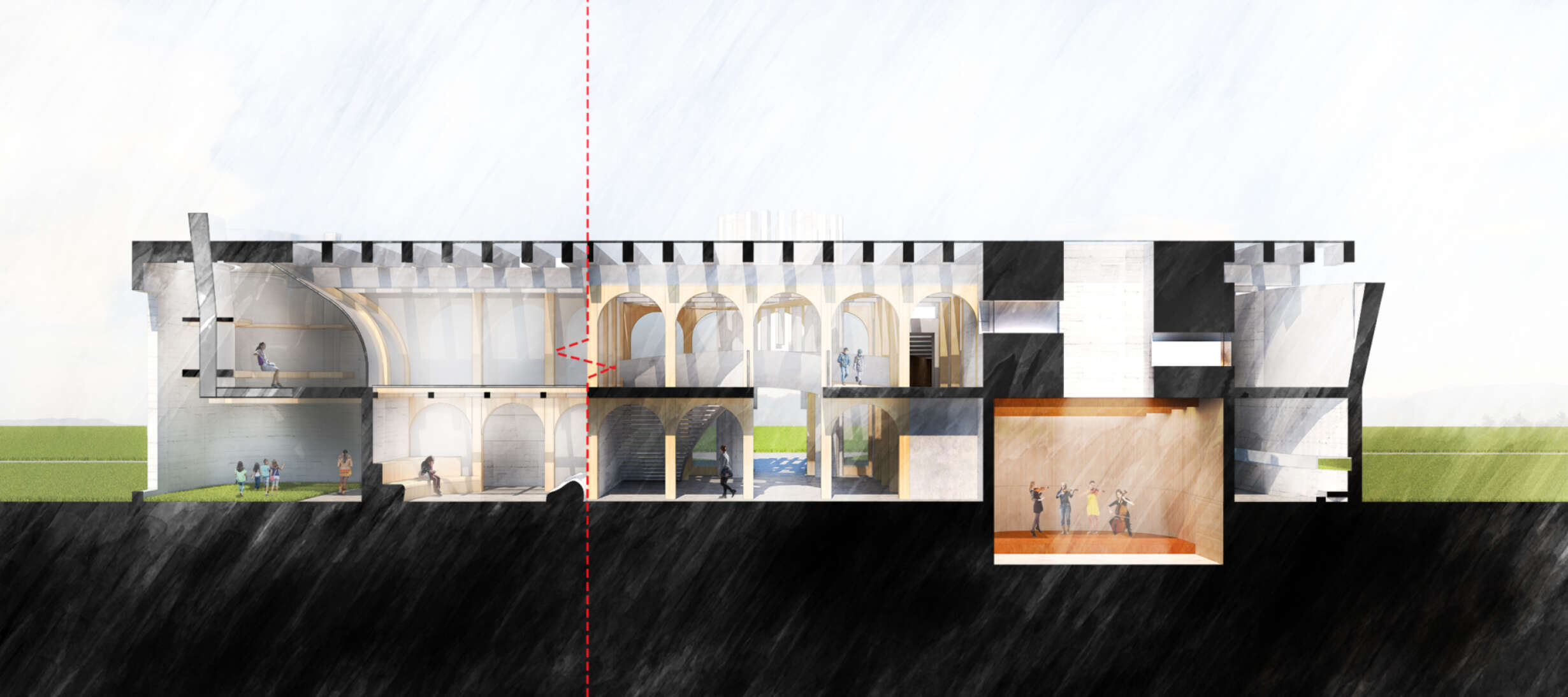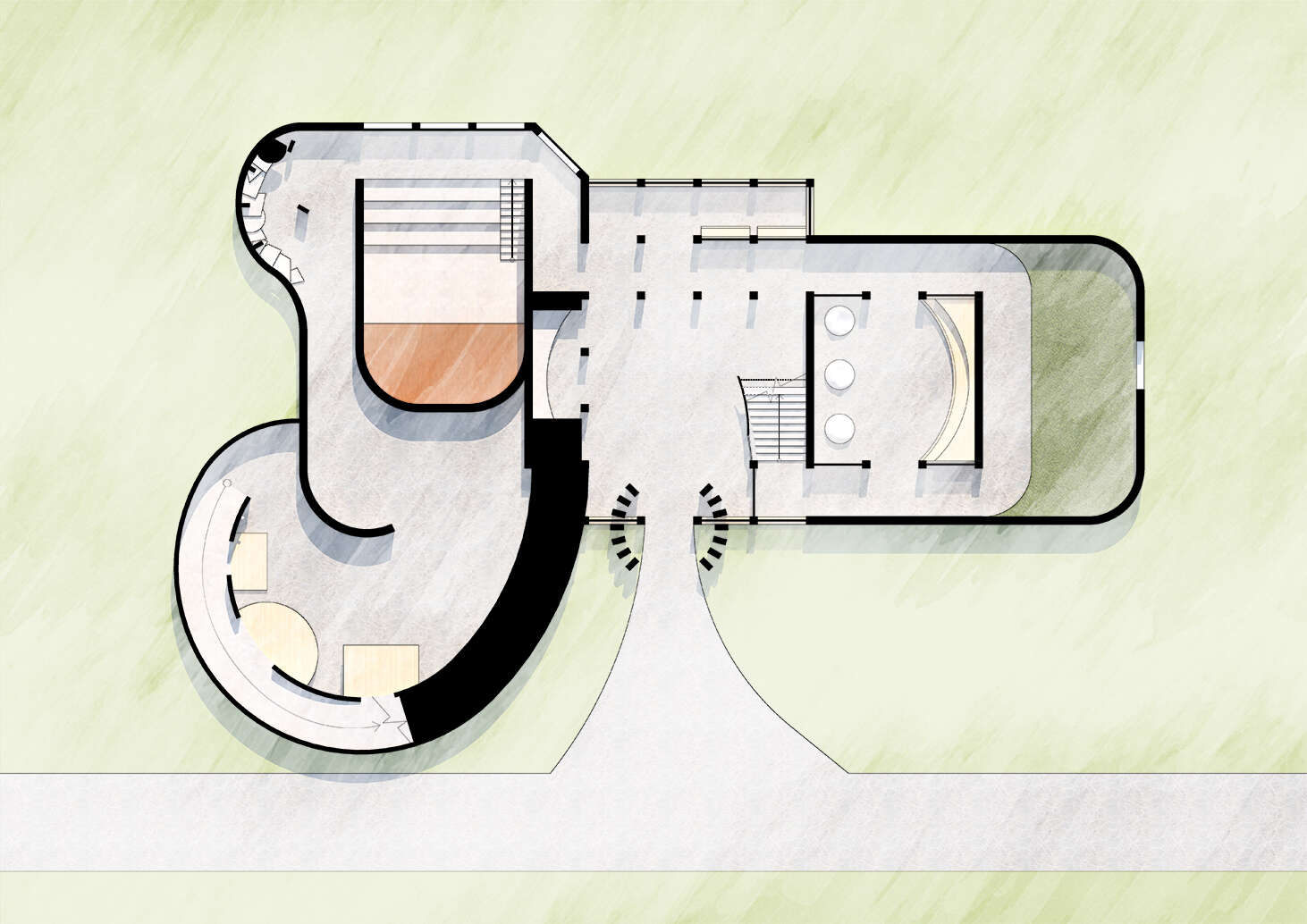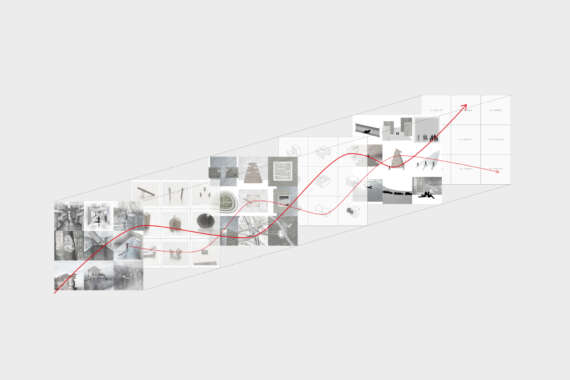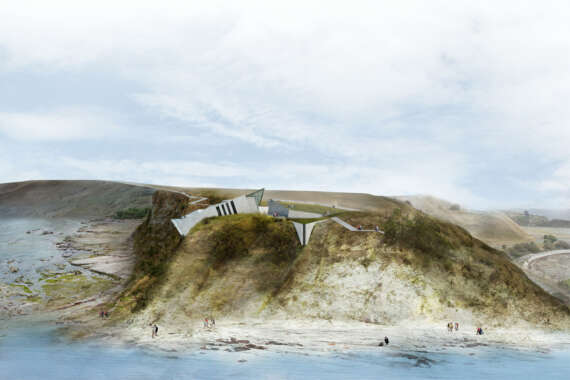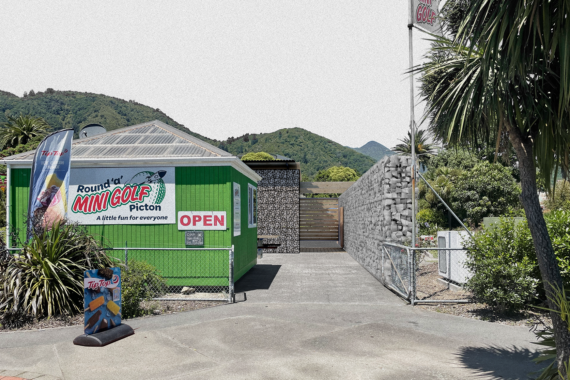Composing Atmospheres: The Transposition of Music to Architecture
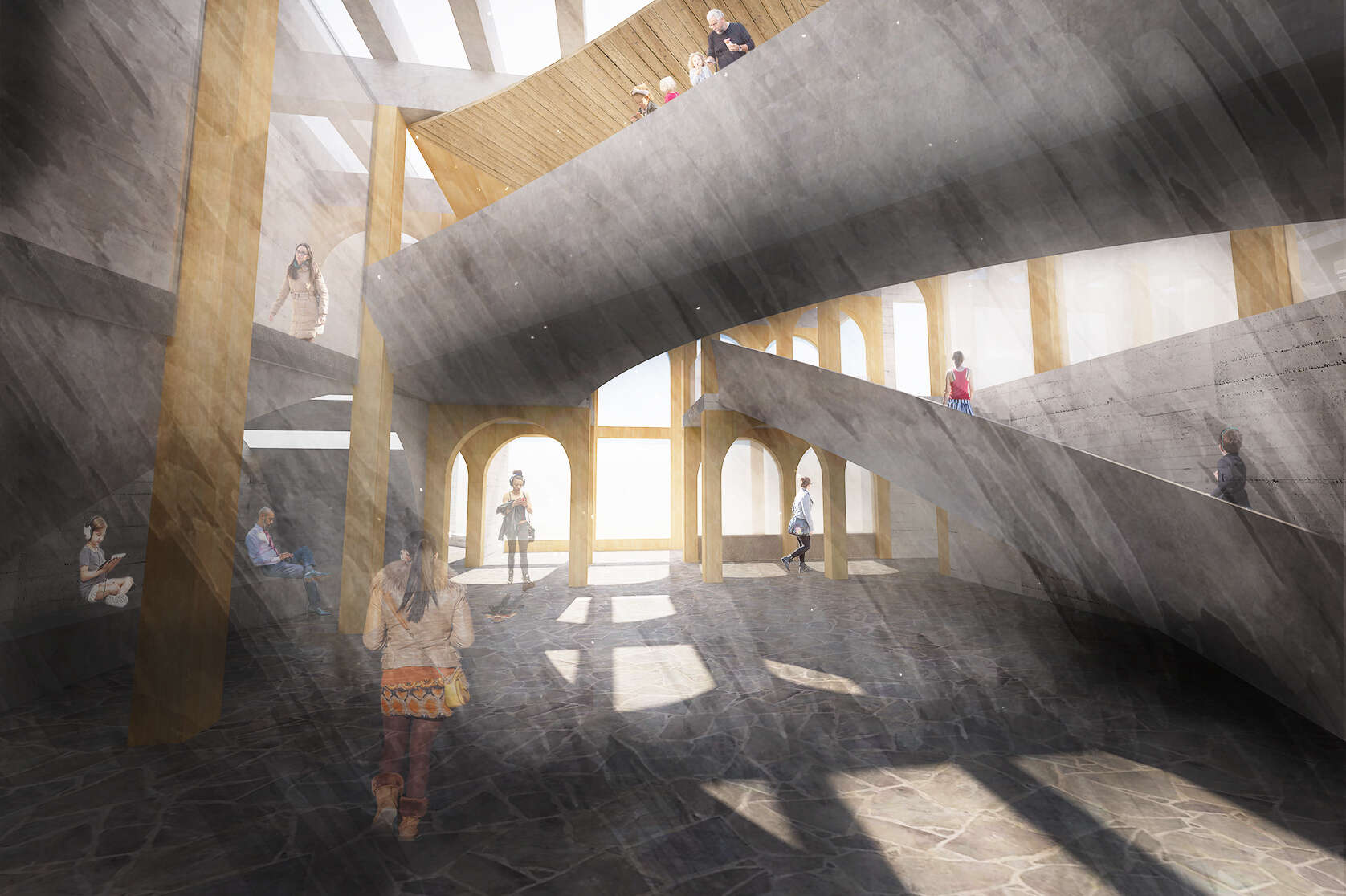
This thesis examines the atmospheric nature of the two disciplines, music and architecture. Atmosphere in the world of arts is used to describe how the created piece can influence the mood and emotion of the person in its presence. One of the key areas of investigation in this thesis is influenced by Pallasmaa’s perception of music as an atmospheric space and a synesthetic bodily experience. This thesis will delve into how music influences moods and emotions, and how it becomes an atmospheric space through visual representations.







